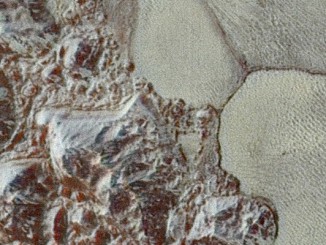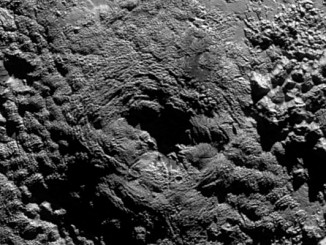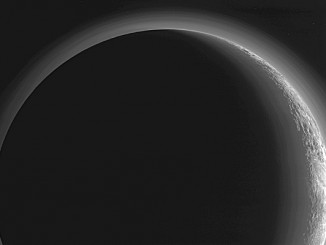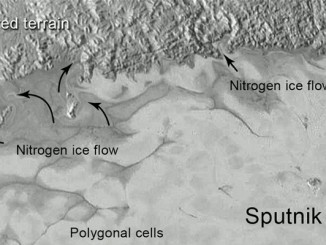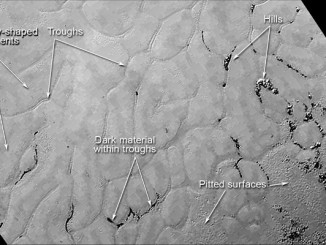
New findings on Pluto and its moons from New Horizons
Five months after NASA’s New Horizons spacecraft flew past Pluto, knowledge about this distant system continues to unfold, yet the spacecraft is less than halfway through transmitting data about the Pluto system to Earth. New Horizons science team members presented the latest findings at the American Geophysical Union (AGU) autumn meeting in San Francisco.

